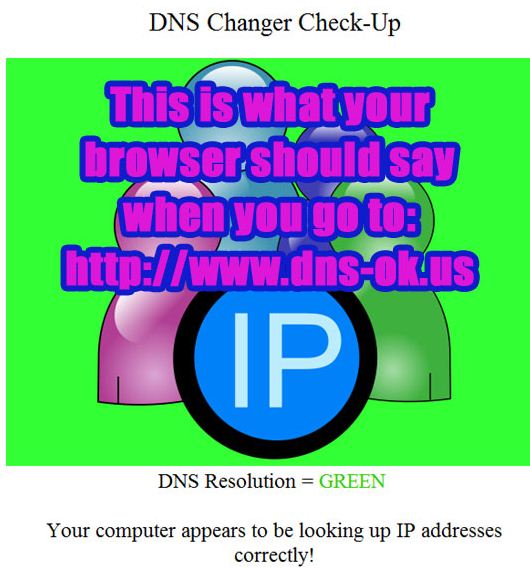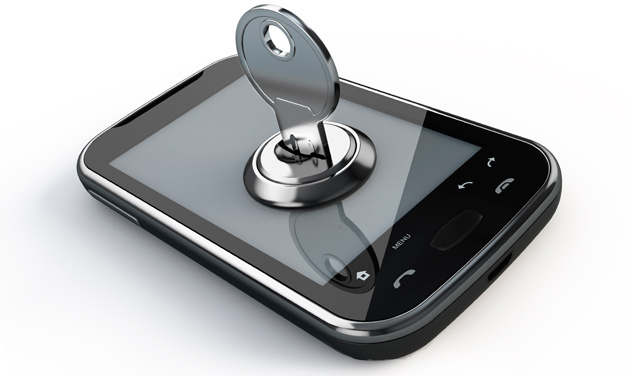Protect your mobile device – Part 2: Training
Training is an important, early step in any process; informing end-users of the need to secure their mobile devices is critical. Recommended training topics:
● Why we need to authenticate and encrypt
● How to reduce the risk of loss or theft
● How to safely deploy new applications
● How to securely backup your data
Authenticate and encrypt
Authentication is the process of confirming that the end-user is authorized to use the mobile device in a prescribed manner. It is typically handled through a username with a complex password that is changed frequently. (A complex password requires at least three of four character options – capital letter, lower-case letter, numeric, and special character – with at least eight characters.)
Increasingly, biometrics (fingerprint verification, eye-scans, etc.) are playing a role in authentication.
Sensitive data should be encrypted to make it unreadable if the device is lost or stolen. (Encryption scrambles the content, making it unreadable to anyone without the capability to unencrypt.) Authentication is required to unencrypt and access the data.
Reduce the risk of loss or theft
Cell phones are easy targets for theft; they can be sold on-the-street and are (still) easily programmed to a new service on a cellular network.
To prevent theft:
● Be vigilant; know where your cell phone is at all times and keep it close to your body. (It doesn’t always help: One of our clients had his cellphone taken right from his hand by a man on a bike on a busy city street; the bicyclist also gave him a kick to discourage pursuit.)
● Install phone-tracking software
● Install a physical locking device
Safely deploy new applications
Mobile-device users download applications through app stores installed on the device. App stores are increasingly targeted areas for malware distribution; only trusted and approved applications should be downloaded and deployed. (Most app stores have responded by requiring additional security precautions from their customers.)
For company-owned devices, end-users should have specific guidelines on what applications can or cannot be deployed; ideally, an enforcement mechanism would be installed on the mobile device to ensure these policies are followed. For employee-owned devices, this policy may need to be recommended rather than required.
Securely backup your data
To prevent loss or inadvertent deletion, data stored on a mobile device (pictures, documents, contacts, etc.) should be backed-up in an encrypted format to a separate, secure location.
Backups should be required on devices owned by the organization and strongly recommended for individually owned devices. Backups should be scheduled periodically and verified.
Online, consumer-oriented backup and file-storage applications – spritemobile, DropBox, Mozy, SugarSync – are somewhat restricted by the mobile-device operating system in what type of data that they can backup; typically contacts, calendars, tunes, and photos. Full backups are usually done through tethering (attaching the phone to an external device).
Visit Enterprise Security Policies for Mobile Device Backup and Restore atDummies.com for an informative article on mobile-device backup.
Next month (part 3): We will discuss enforcement, review a few tools, and wrap-up with first-step suggestions.



